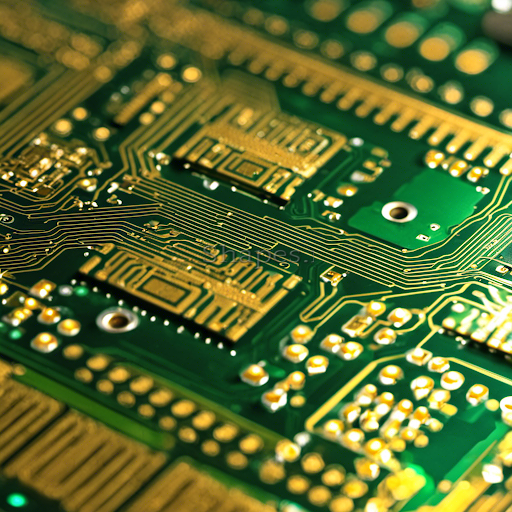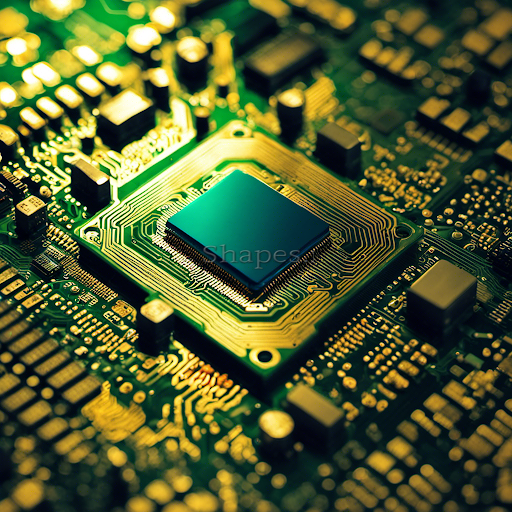
The demand for smaller, faster, and more powerful devices continues to grow in the fast-paced world of modern electronics. This technological breakthrough centres around the Multilayer PCB (Printed Circuit Board). These unassuming yet highly sophisticated boards are the unsung heroes that make our gadgets more innovative and efficient. In this in-depth exploration, we will unravel the intricacies of Multilayer PCBs and their integral role in the realm of ELE PCB Manufacturing, ELE PCB Assembly, ELE PCB Prototype, HDI PCB, MCPCB, Metal-Cored PCB, and Rigid-Flex PCBs. Along the way, we will also shed light on the significance of Multilayer PCBs and how they have transformed the landscape of modern electronics.

Multilayer PCBs: The Building Blocks of Innovation
As their name implies, multilayer PCBs are constructed from many layers of insulating substrates and conducting lines. Visa connect each layer, making for a small yet intricate circuit board. Let’s dive into the critical aspects of Multilayer PCBs:
1. Unparalleled Complexity and Performance
Multilayer PCBs offer an unparalleled level of complexity and performance. With the ability to stack numerous layers, these PCBs can accommodate many components and intricate circuitry. Since space is at a premium in modern electronic devices, they work well.
2. Signal Integrity
Signal integrity is paramount in modern electronics. Multilayer PCBs maintain signals’ integrity even in high-speed and high-frequency applications. Advanced design and manufacturing techniques ensure minimal interference and signal loss.
3. High Layer Counts
One of the defining features of Multilayer PCBs is their high layer counts. These PCBs can range from four layers to over twenty, allowing for intricate and compact designs.
4. Miniaturization
The demand for smaller and more compact electronic devices has driven the miniaturization of Multilayer PCBs. This trend is evident in smartphones, wearables, and IoT devices, where every millimetre counts.
Multilayer PCBs in ELE PCB Manufacturing
ELE PCB Manufacturing relies heavily on Multilayer PCBs to meet the ever-increasing demands for advanced electronics. These PCBs play a pivotal role in shaping the manufacturing landscape:

1. Versatility
Multilayer PCBs are versatile, accommodating various electronic components, including microprocessors, memory modules, and sensors. This versatility enables manufacturers to create diverse electronic devices.
2. Cost Efficiency
While the initial cost of Multilayer PCB fabrication may be higher than that of single-layer or double-layer PCBs, their cost-efficiency shines through when considering the reduction in overall device size, improved performance, and reduced need for additional components.
Multilayer PCBs and ELE PCB Assembly
ELE PCB Assembly is the stage where Multilayer PCBs come to life. The intricate interconnection of components and the flawless integration of these boards into electronic devices are crucial for their functionality:
1. Component Density
Components can be placed on either side of a multilayer PCB and efficiently connected, allowing for a higher component density.
2. Reliability
The multiple layers of Multilayer PCBs enhance their reliability by providing redundancy. This means that the board can still function even if one layer experiences a fault, making it highly reliable in critical applications.
The Role of Multilayer PCBs in Advancing Technology
Multilayer PCBs have been instrumental in advancing various cutting-edge technologies:
1. HDI PCB Integration
High-Density Interconnect (HDI) PCBs often incorporate multilayer technology to achieve intricate designs. This integration enables the creation of smaller, more powerful devices.
2. MCPCB Application
Multilayer PCBs are also part of Metal-Cored PCBs (MCPCBs) to provide the necessary electrical connections for high-power applications while efficiently managing heat.
3. Rigid Flex PCB Integration
In the world of Rigid-Flex PCBs, Multilayer PCBs serve as the rigid portions of the board, offering structural support and interconnectivity.
Conclusion: The Multilayer PCB Revolution
In conclusion, Multilayer PCBs are the unsung heroes behind the rapid evolution of modern electronics. Their ability to offer complexity, reliability, and high-performance characteristics has revolutionized the industry. Whether in ELE PCB Manufacturing, ELE PCB Assembly, or as integral components in HDI PCBs, MCPCBs, and Rigid-Flex PCBs, Multilayer PCBs continue to drive innovation in electronics. As technology advances, we can expect Multilayer PCBs to remain at the forefront of these exciting developments, continually pushing the boundaries of what is possible in modern electronics.
